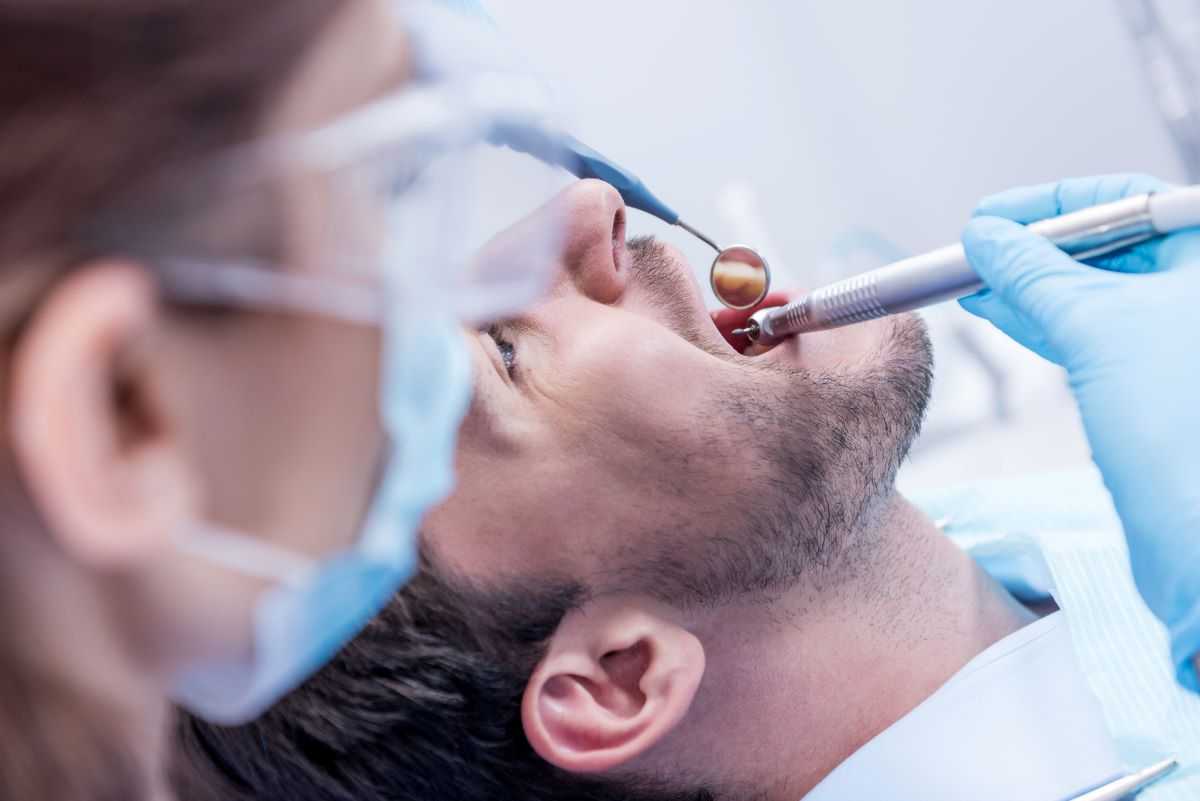
If you are facing an appointment to have one or more teeth extracted, this guide will help you know what to expect and how to prepare for the procedure and recovery.
Preparation
Many patients can feel anxious and uncertain about what to expect when having their teeth extracted for health or implant purposes, making this common procedure particularly stressful for anyone involved. One effective way of alleviating stress on the day of an extraction is preparing beforehand.
Begin by scheduling a pre-extraction checkup with your dentist. They can explain all aspects of the extraction process to you and address any of your questions or concerns. They can pain relief solutions such as over-the-counter or prescription medicines to ease discomfort.
Your dentist will also require an updated list of your medications, including any supplements or over-the-counter drugs, to avoid complications during or after your procedure. Your dentist can advise you on which type of medicine would be most suitable based on medical conditions such as high blood pressure, heart disease, bleeding disorders, or asthma.
Disclose any medical conditions or illnesses such as diabetes which can prolong healing processes. Also, make sure your dentist knows if you have artificial joints or heart valves as these could increase the risk of infection during and post-surgery.
On the day of an extraction, avoid strenuous activity that raises your heart rate too much as this could increase bleeding at the extraction site. Instead, focus on relaxing by reading, listening to music, or taking deep breaths – activities which may help lower.
Anesthesia
Your dentist understands that tooth extraction can be an uncomfortable procedure and will strive to ensure you're as relaxed and pain-free as possible during it. They will start by administering local anesthesia, which numbs the area surrounding your tooth and reduces discomfort during surgery. They'll then use dental X-rays to assess decay or damage as well as make sure it's loose enough for removal.
Your dentist will use extraction forceps to secure the tooth, rocking it back and forth while rotating to expand and separate its ligament, until eventually, it breaks free and can be extracted. After extraction, a dressing will be placed over the wound to stop bleeding and promote healing; gauze should remain in place for about 4 hours or until the bleeding has stopped before being removed. Over-the-counter pain relievers may be useful during the recovery period.
Sedation Options
Your dentist may suggest sedation during tooth extraction for enhanced comfort and ease of treatment. Sedation dentistry isn't limited to patients suffering severe dental anxiety; it provides comfort to anyone feeling uncomfortable about dental procedures. Nitrous oxide (more commonly referred to as “laughing gas”) provides mild sedation while stronger medications delivered through IV provide deeper levels of relaxation.
Surgery may be necessary when a tooth has extensive decay that extends down into its roots or breaks off at the gumline, as well as to treat severe infections in its pulp that antibiotics or root canal therapy cannot effectively address. A surgical extraction requires cutting through gums and extracting all bone fragments along with any parts of the tooth to safely extract it from its socket.
Following an extraction, you will likely feel some pain and discomfort, so it is recommended to consume soft foods without much chewing until the blood clot has stopped bleeding. Rinsing or sucking through the area where extraction took place could hinder healing; follow your dentist's specific instructions regarding care as well as take any prescribed or over-the-counter painkillers as directed; your dentist can provide information regarding keeping wounds clean to avoid complications.
Recovery
Dental extractions are an increasingly popular procedure used to relieve tooth pain and prevent further complications, but post-extraction care must be taken carefully to minimize discomfort and facilitate healing quickly.
Right after having surgery, it's essential to rest and refrain from any activities that increase heart rate as this could prolong bleeding. Ice the area to reduce swelling while using mouthwash or an antimicrobial rinse two or three times daily to keep it clean and germ-free. Smoking should also be avoided as smoking may hinder healing processes.
Swelling after tooth extraction is common and can be reduced with the use of ice packs or over-the-counter pain relievers. Bruising may occur, especially within the first few days after surgery.
Follow your dentist's post-op instructions carefully for optimal results after surgery, such as resting, eating a soft food diet, and drinking plenty of water. Rinsing with a salt solution (1/2 teaspoon dissolved in 8 ounces of warm water) twice daily and not brushing directly over extraction sites are other key strategies that will speed recovery time.
Follow me down the rabbit hole!
I'm Alice and I live with a dizzying assortment of invisible disabilities, including ADHD and fibromyalgia. I write to raise awareness and end the stigma surrounding mental and chronic illnesses of all kinds.








